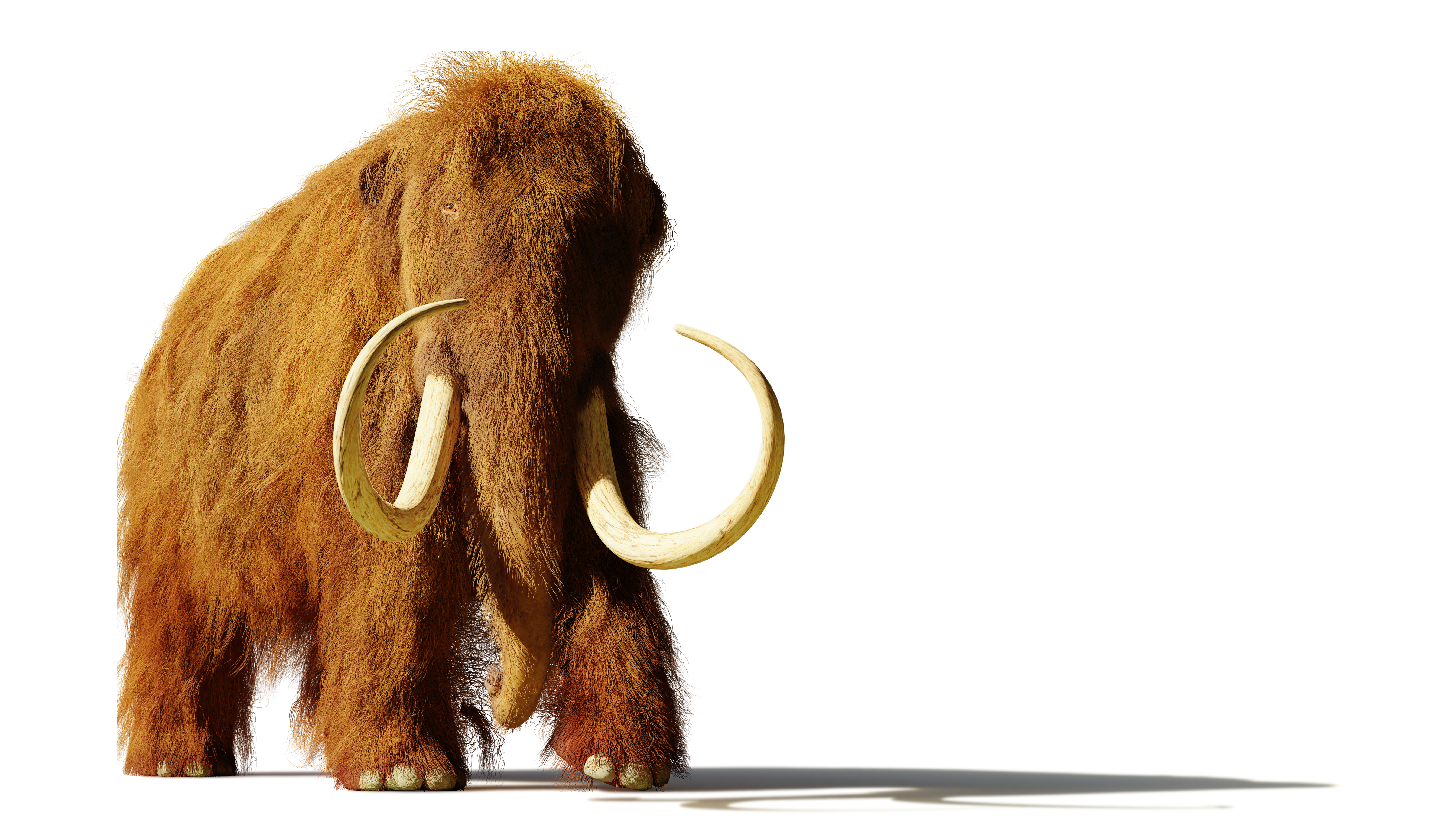Obesity Epidemic Helps Attraction Among Fat People

Fat people are attracted to one another, and thanks to the obesity epidemic, they have greater opportunities these days at a younger age to find partners whose girth matches their own, according to a new study.
Scientists have known that humans tend to seek out partners with similar characteristics as their own—a phenomenon known as assortative mating. For example, people look for partners within their own race, social class and with similar physical characteristics such as height.
The recent discovery, published in the August issue of the American Journal of Clinical Nutrition, that overweight individuals will look for an overweight partner, however, may be a factor contributing to the continuing obesity epidemic as fat couples will pass on a double dose of the genes that predispose people to be overweight.
“The idea that two people in a relationship have similar amounts of body fat is not new since previous studies have shown a link between couples and their body mass indices (BMI)—an indirect measure of fatness,” said study co-author Diane Jackson from The Rowett Research Institute.
“It has also been suspected that BMI may be linked to other things that people choose their partner by, such as social class or age,” she added.
Jackson and her colleagues measured the body composition of 42 couples using a technique called dual-energy X-ray absorptiometry (DXA). Their results showed that the amount of body fat in each person was very similar to that of their partner’s.
Scientists are not sure how these associations came about.
Sign up for the Live Science daily newsletter now
Get the world’s most fascinating discoveries delivered straight to your inbox.
“Perhaps the social activities of the overweight and obese people coincide, making them more likely to meet partners who are also overweight and obese,” said John Speakman from the University of Aberdeen, who was also involved with the study.
The researchers think that assortative mating for body fat must have increased over time for it to have played a role in the obesity epidemic.
“In the 1940s and 1950s, people mostly got married in their early twenties before they were overweight or obese. So it would have been difficult for them to assortatively mate for body fatness because it would be impossible to distinguish somebody who was thin, from somebody who was thin but going to become fat,” Speakman said.
“Nowadays, we choose partners and have children much later, but if we are going to become obese, on average we do so much younger. This makes it possible for potential partners to select each other on the basis of body fatness,” he added.
- VIDEO: Fat Hungry Brain
- 10 Easy Paths to Self-Destruction
- Fact vs. Fiction on Obesity










